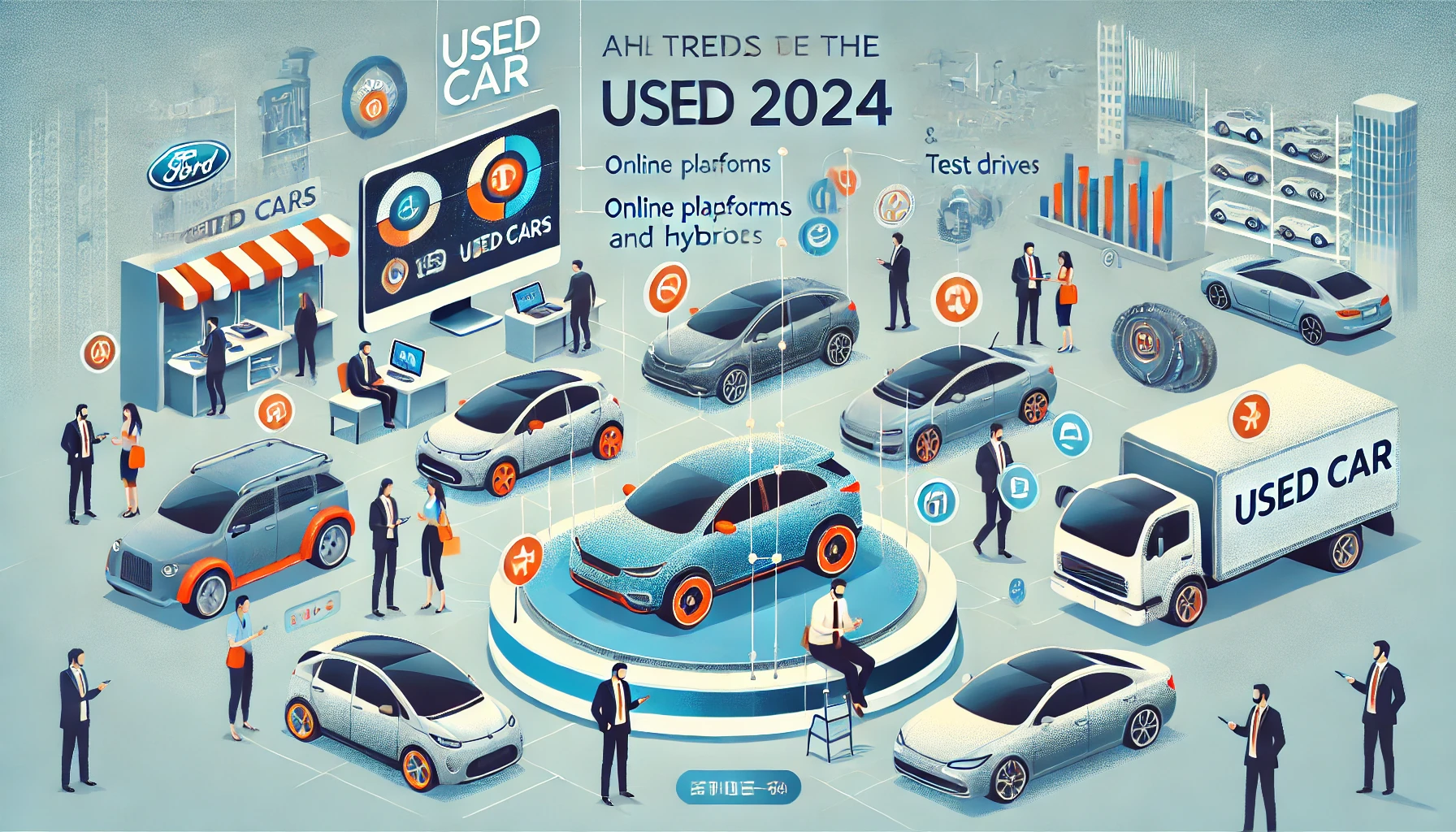The pre-owned vehicle sector is an active and continuously transforming part of the car industry. As we progress through 2024, a number of tendencies are influencing this arena, propelled by economic climates, tech progress, and shifts in what consumers want. This discussion delves into the main tendencies within the pre-owned vehicle sector, providing perspectives on what to anticipate for those trading or purchasing throughout this period.
Economic Factors Affecting Pre-Owned Vehicles
Rising Loan Interest Rates
Fluctuations in loan interest rates are being felt worldwide, and these shifts have a pronounced effect on the pre-owned vehicle sector. Increased rates can lead to pricier financing options, persuading buyers to consider pre-owned cars as a more cost-effective alternative to new ones.
Inflation and Living Expenses
The rise in general prices is impacting living expenses, nudging consumers to look for more budget-friendly transportation options. Pre-owned vehicles serve as an economical choice, sparing buyers from the steep depreciation new cars typically suffer.
Enhanced Interest in Electrified Transportation
Eco-Consciousness and Incentives
The push towards environmental sustainability and government-backed incentives are fueling interest in electric and hybrid vehicles within the pre-owned market. More consumers are now searching for vehicles that are gentler on the environment and offer savings on operational costs.
Increased Availability of Pre-Owned EVs
With a growing number of electric vehicles coming off lease agreements and early adopters moving to the latest models, the availability of pre-owned EVs is on the rise. This makes electrified options more attainable to a wider audience.
Tech Innovations in Pre-Owned Vehicles
Safety Innovations
Today’s pre-owned cars often come with high-tech safety features like adaptive speed control, lane guidance support, and collision mitigation braking. These advancements are now more commonly found in the pre-owned market, making these vehicles safer and more attractive to potential buyers.
Connectivity and Entertainment
The demand for pre-owned vehicles equipped with modern connectivity and entertainment systems is high. Popular features such as smartphone integration and built-in navigation are influencing buyers’ choices in the pre-owned market.
Digital Platforms Transforming Car Sales
Emergence of Online Marketplaces
The trend towards online sales is picking up speed. Platforms like Carvana and Vroom, along with traditional dealerships enhancing their online services, are simplifying the process for consumers to select, buy, and finance pre-owned cars online.
Virtual Viewing and At-Home Trials
The convenience of virtual showrooms and the option to test drive from home are gaining traction. This approach is particularly appealing in light of the recent pandemic, which has pushed consumer preferences towards remote, contact-free dealings.
Supply Chain Disruptions and Vehicle Availability
Delays in New Vehicle Production
Continuing supply chain issues, like the scarcity of semiconductors, are disrupting the production of new cars. This has led to a greater reliance on the pre-owned market, causing an uptick in demand and prices. This pattern is likely to persist as new car supply struggles to meet the demand.
Inventory Control
Dealerships are honing their inventory management strategies in response to the volatile supply of pre-owned cars. They’re utilizing data analysis to anticipate demand and maintain optimal vehicle stock, ensuring they cater to consumer preferences.
Consumer Trends and Choices
Preference for SUVs and Crossovers
SUVs and crossovers are maintaining their popularity in the pre-owned market due to their practicality and adaptability, making them a top pick for both families and individual drivers.
Certified Pre-Owned Attraction
Certified Pre-Owned vehicles are becoming more favored thanks to their comprehensive warranties, detailed inspections, and trusted reliability. CPO offerings give buyers confidence, enhancing their appeal in the pre-owned market.
Financial Aspects and Accessibility
Trade-In Worth
Strong trade-in values are a current norm due to the robust demand for pre-owned cars. This provides an advantage for those wishing to upgrade, offering them the ability to access newer models with updated features and lower mileage.
Financing Solutions
Financial institutions are providing a variety of loan options to cater to pre-owned car buyers. These include adaptable repayment plans and appealing rates, with some incentives for purchasing energy-efficient vehicles. Such financial solutions are broadening accessibility to pre-owned vehicles for more consumers.
Regulatory and Eco-Friendly Influences
Emission Standards and Policies
Tough emission regulations are steering the pre-owned vehicle market. Cars that comply with these standards are in demand, whereas older, less efficient models may face a decline. This trend is shifting the market towards newer, eco-friendlier pre-owned vehicles.
Government Subsidies
Financial incentives from governments are making electric and hybrid vehicles more appealing in the pre-owned market. Tax reductions and rebates encourage consumers to opt for greener transport solutions.
Conclusion
The pre-owned car market in 2024 is characterized by a surge in demand for electric and hybrid models, tech advancements, and a pivot to online transactions. Economic influences, supply chain hurdles, and evolving consumer preferences also have significant roles in sculpting the market. Comprehending these trends equips buyers and sellers with the knowledge to navigate the pre-owned vehicle market effectively, making well-informed choices in an ever-changing environment. Whether you are buying or selling, staying current with these trends is critical to ensuring value and satisfaction in the pre-owned car market.
